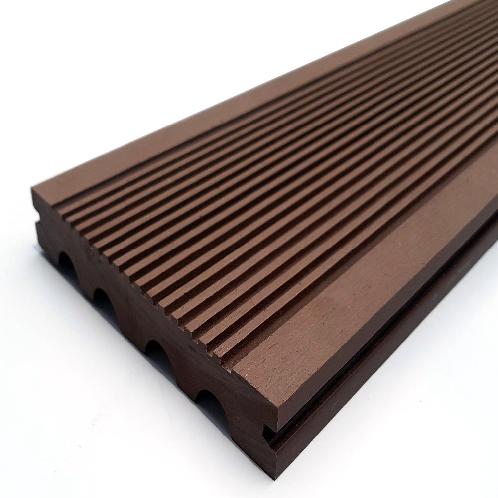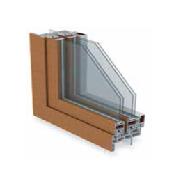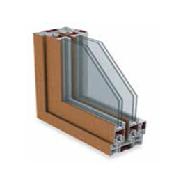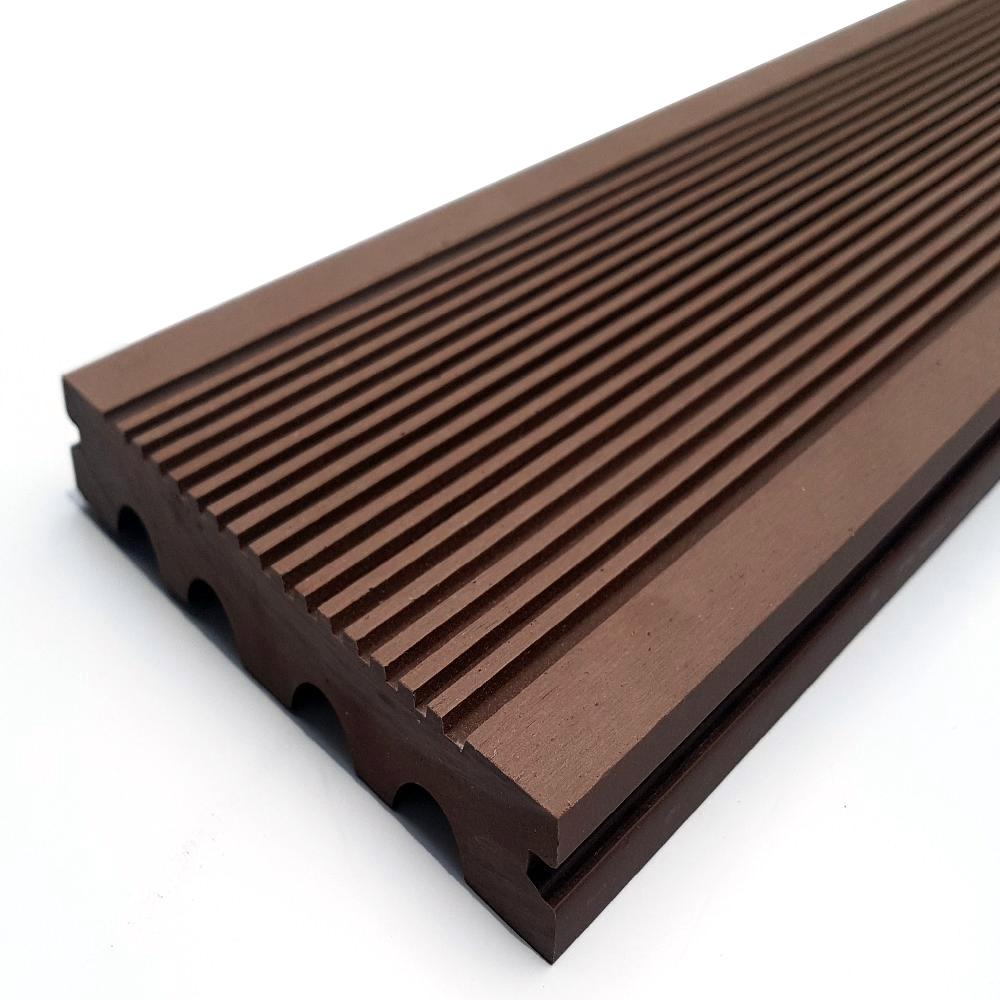ITEM SPECIFICS
-
Brand
Model WSHKSANWOOD
-
origin
Republic of Korea
-
Size(Capacity)
20T*W148*L3,000 / 25T*W148*L3,000
-
Color
dark brown, red brown
-
Material
wood flour+pvc+etc
-
Style
Solid Type
-
Package Includes
WAHK-20T, WAHK-25T
PRODUCT DESCRIPTION
Composite wood
It is a material developed for the purpose of developing new materials to replace CCA preserved wood containing toxic arsenic while solving problems such as limited use time of wood, exhaustion of wood resources, the imbalance between supply and demand, and treatment costs of waste wood.
It complements the disadvantages of wood such as water resistance, moisture resistance, insect resistance, without any preservative treatment, and is particularly resistant to moisture.
Harmless to the human body without preservative or chemical treatment.
It has little damage or discoloration by microorganisms, does not decay, and is easy to construct by having no knots of the tree.
It is effective for reducing the exhaustion of wood resources as well as the cost of treating waste wood, simple to maintain, and can be recycled after use.
It complements the disadvantages of wood such as water resistance, moisture resistance, insect resistance, without any preservative treatment, and is particularly resistant to moisture.
Harmless to the human body without preservative or chemical treatment.
It has little damage or discoloration by microorganisms, does not decay, and is easy to construct by having no knots of the tree.
It is effective for reducing the exhaustion of wood resources as well as the cost of treating waste wood, simple to maintain, and can be recycled after use.
Advantages of Composite wood.
Composite wood is an eco-friendly material consisting of natural wood (wood) and polymeric (PVC) and is a new concept of wood texture, domesticity, moisture resistance, and durability.
To compensate for the shortcomings of timber, wood and polymer resin are extruded products that have been widely used worldwide since 15 years ago, and synthetic wood
is rapidly becoming common in many countries in Japan and Europe besides the United States.
Normal natural wood is damaged by absorption of moisture and freezing if snow or rain, but the WPC has excellent cold resistance impact resistance. No damage.
Due to the high tensile strength, the bending load is at the excellent.
PVC is a flame Incombustibility resin that is strong in ultraviolet light and free of distortion.
Excellent weather resistance using PVC resin.
PVC is a fire resistance resin that prevents the spread of fire.
Features of PVC Composite wood
The tensile steel is high, and the maximum bending load is outstanding.
It has better cooling than products using PE and PP, which doubles productivity.
PVC is a resin with flame retardant, so it is resistant to UV rays and has no distortion.
The tensile steel is high, and the maximum bending load is outstanding.
It has better cooling than products using PE and PP, which doubles productivity.
PVC is a resin with flame retardant, so it is resistant to UV rays and has no distortion.
R&D CERTIFICATE
PAYMENTS DETAILS
This supplier supports payments for offline orders
- Letter of Credit : L/C(sight)
- Telegraphic Transfer : T/T
- Name : Jeong Su Choi
SHIPPING
Shipping from :
Republic of Korea
- 99-8 Simyo-gil, Namwon-si, Jeollabuk-do (55801)
HI KOREA CO.,LTD
The person in charge
Choi Jeong SuAddress
99-8 Simyo-gil, Namwon-si, Jeollabuk-do (55801)
Introduction
Since founded in 2009, HIKOREA Co., Ltd has been providing PVC windows, formed doorframe and Composite wood to domestic and overseas customers with its own brand and OEM. In particular, having an optimized eco-friendly mixing ratio of HIKOREA Co., Ltd, we are reducing energy consumption by using non-toxic raw materials as well as strengthening five functions of the window (thermal insulation, condensation prevention, air tightness, water tightness), removing toxic substances and producing eco-friendly products according to customer's needs. In addition, we own manufacturing technology for ASA(Acrylonitrile-Styrene-Acrylate) and two-tone color products, leadi
-
- Business Type :
- Manufacturer
-
- Main Product :
- PVC PROFILE, Composit Wood
-
- Established :
- 2009-12-30
-
- Total Annual Revenue :
- More than 10 billion (KRW)
-
- Total Employees :
- 51~100 people
R&D CERTIFICATE
COMPANY ENVIRONMENT
Please suggest a variety of your ideas such as design, impact, enhancements, etc
Captcha Required
Please enter the text on the left image to prevent automatic input.
0 / 4000
질문이 없습니다.
CUSTOMER REVIEWS (0)
TRADE EXPERIENCE
-
- Total revenue
- More than 10 billion (KRW)
-
- Total export revenue (previous year in USD)
- 3
-
- Number of foreign trade employees
- 51~100 people
COMPARISON TO SIMILAR ITEMS more
- No Items
- supplier level
-
 GOLD
GOLD
- HI KOREA CO.,LTD Seller's Store
- Seller's Store url
- Response Level
★ ★ ★ ★ ★

- Supplier Level
★ ★ ★ ★ ★

- Transaction Level
★ ★ ★ ★ ★















